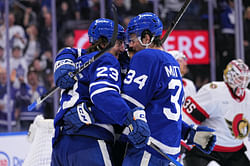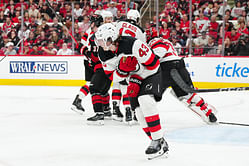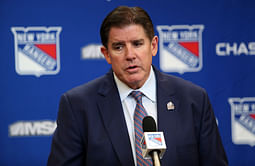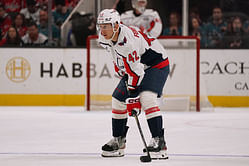The NHL draft is the most anticipated event in the realm of Ice Hockey wherein each team looks forward to selecting the rights to eligible ice hockey players. Eligible players include North American players aged 18-20 and European or international players aged 18-21. Players outside these age ranges enter the league as unrestricted free agents.
In 1963, the inaugural draft took place and has occurred every year. Initially called the NHL Amateur Draft, it was later renamed the NHL Entry Draft in 1979. It became a public event in 1980 and has been broadcasting since 1984.
In 1994, the draft order was based solely on the regular season standings. Later, in 1995, the NHL introduced a draft lottery for teams that missed the playoffs. The lottery winner could move up a maximum of four places in the draft order, meaning only the five lowest-ranked teams could secure the first overall pick. Additionally, no non-playoff team could be moved down more than one spot in the draft order.
Who gets the first draft pick in the NHL?
As a result of a combination of Lottery, regular season standing, and playoff results, the NHL entry draft selection order is determined. Where teams are allowed to trade draft picks both during the draft and prior to it, in all cases, the selection order always depends on the original holder of the pick, not on the team that might have gained it through a trade.
Based on the standings of the teams in the previous season, the NHL entry draft is determined. The basic draft order is intended to favor the teams with the lowest performance who need the most improvements in their roster to compete with the other teams. By picking up in the same order each round, each team gets its turn to pick per round.
Here is the basic order of the picks is decided as follows:
Teams that did not qualify for the playoffs from the previous season (picks 1-16). The playoff teams that lost their division or reached the Conference finals(picks 17-24) up to 28). Those teams that won in tier divisions but didn't make it through the Conference. Finals(potential picks (24-48). The teams that lost their Conference Finals(picks 29 and 30). The team that is Stanley Cup runner-up(pick 31). The team that is the Stanley Cup winner (pick 32).
The number of teams in the second and third groups depends on whether the Conference finalists also win their respective divisions. Tie-breakers are ruled by the same rule used to determine ties in the regular season standings. During the first round, the order of picks 1-16 may change based on the results of the NHL draft lottery.
If a player was not signed to a contract and consequently re-entered the entry draft or converted to an unrestricted free agent, the team loses their rights to a first-round draft choice, where they are awarded a compensatory draft pick.
FAQs
A. 1 pick doesn't simply go to the team with the worst regular-season record. Instead, a lottery will determine the final order of the first 16 picks of the first round.
A. NHL.com writers Adam Kimelman and Mike G. Morreale are in agreement on how the first four selections will go, starting with the San Jose Sharks selecting Boston University center Macklin Celebrini with the No. 1 pick and Michigan State defenseman Artyom Levshunov going No. 2 to the Chicago Blackhawks.
A. The order is determined by the standings at the end of the regular season: The club with the worst record will pick first, and the one with the best record will pick 20th. Teams that did qualify for the playoffs are assigned draft slots 21-32.
A. The first draft was held in 1963, and has been held every year since. The NHL entry draft was known as the NHL amateur draft until 1979.
A. 3-16 based on the inverse order of the regular season standings. Picks Nos. 17-32 are based on regular season standings and playoff results. Through the lottery, teams can move as many as 10 spots up the NHL draft order compared to where they finished in the regular season standings.









